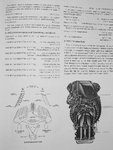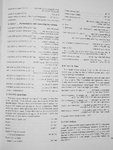Glider
Major
Now Eric Brown wrote on his flights in the G-6/U2 that the opening of the slots ruined sighting and noticed that the flaw of 109E was still there. Brown flew the plane, after all. But on the other hand I have always thought that he was overcritical on 109G-6.
Finns wrote that when the slots opened one felt jerks/twitchs on the stick and elevators lightened but the control remained up to extreme limits.
Juha
Exactly the point I have been trying to make.



